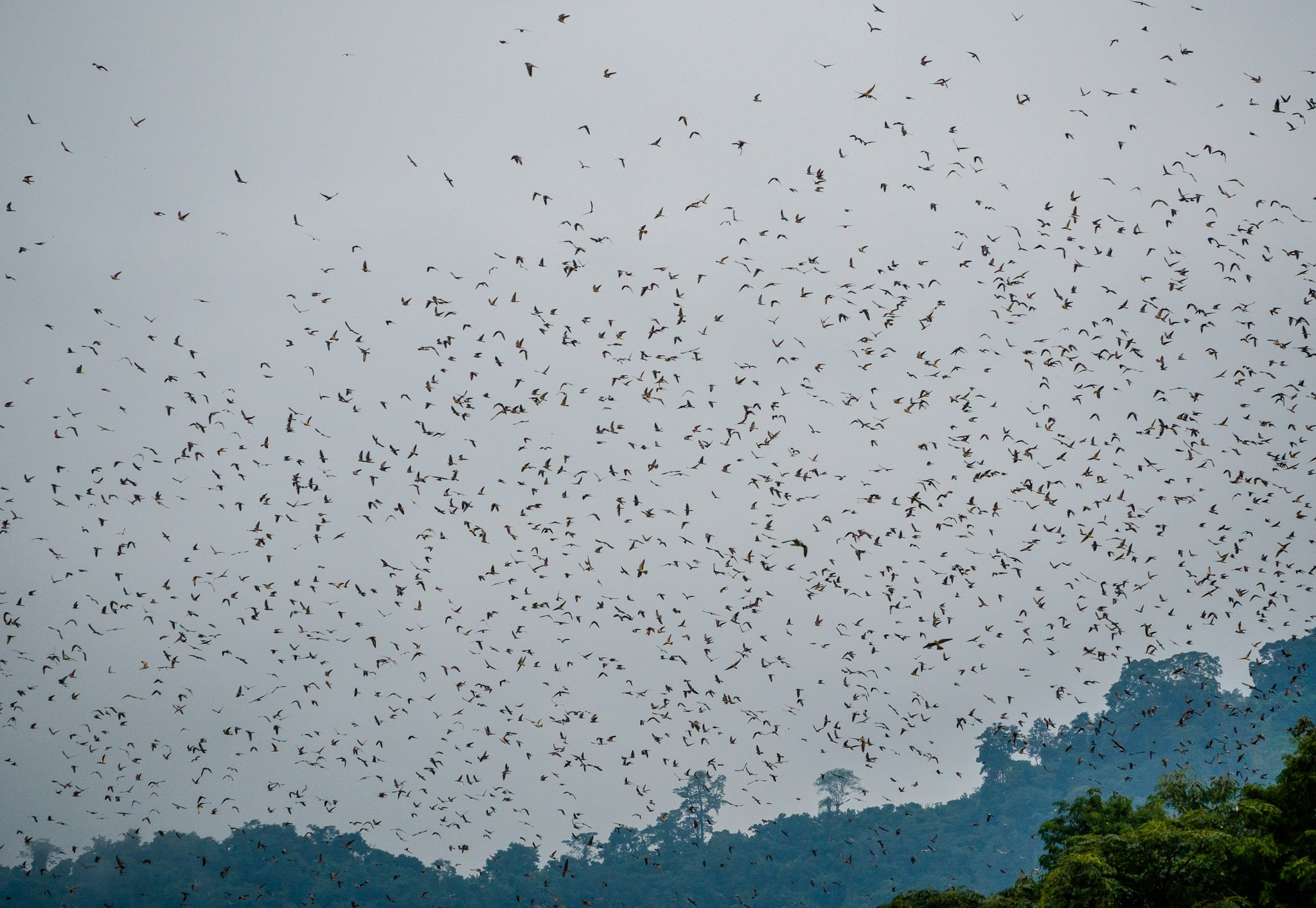Grantee Update: Sahila Kudalkar
Sahila Kudalkar is a 2018 Inlaks Ravi Sankaran Small Grantee.
She is currently a second year PhD student in the Sustainable Development program at the School of International and Public Affairs, Columbia University. She also holds a Master’s in Public Policy from the University of Chicago and a Master’s in Science (Conservation Biology) from the State University of New York. She has seven years of research and project management experience on topics such as wildlife trafficking, human-wildlife conflict, endangered species, resettlement of forest-dwellers from protected areas, and community-based conservation. She also headed Wildlife Conservation Society-India’s program on Combatting Wildlife Trafficking.
She received the Inlaks grant for her work on the project that sought to understand the role of village, state and non-governmental institutions in the evolution of community-based natural resource management systems in Northeastern India. The results of this project have recently been published in a paper in the journal Conservation Science and Practice.
We spoke with Sahila regarding the project, her professional journey
and more.
Congratulations on the publication of the paper. Can you tell us a bit about the project and what inspired you to delve into it?
Thank you. My project traces the evolution of Amur falcon conservation in Nagaland. I first learned about Amur falcons when I saw the shocking visuals of falcon hunting in the 2012 video ‘Amur Falcon Massacre’. I was introduced to the context in which hunting occurs when I visited Nagaland shortly after. Across the state, wildlife hunting was a deep-rooted tradition, symbolizing status, luxury, and leisure. Yet, many villages also protected their wildlife by imposing seasonal hunting bans. This dichotomy was curious. Why do people protect wildlife when hunting it is integral to their culture? In fact, these instances in Nagaland were in the realm of ‘community-based conservation’, an adage that has gained popularity in recent times.
Worldwide, we see that ‘community-based conservation’ can be forced upon a community and managed by senior government authorities. But Pangti in Nagaland is unique. It is true that villagers stopped hunting falcons under immense government pressure. However, over time, the community seems to have built a sense of ownership over falcon conservation. Curious about how this change occurred, I spoke to key leaders involved in falcon conservation at Pangti to find out.
What helpful insights did you glean from this project and how do you see them furthering the understanding of community-based natural resource management?
Our first learning was that people must sense that a resource is declining to propel them to act to protect it. This can be challenging, when in just a decade, millions of falcons start flying over your village! This helped explain why villagers did not protect Amur falcons before the media reports.
The media reports of hunting were followed by a flurry of activity as NGOs and government representatives started to approach Pangti. So, what worked in favor of conservation? One, the NGOs and Forest Department respected Pangti’s Village Council, recognizing its authority, and consulting it before taking any action. Two, the Village Council was flexible and willing to share its authority. But this took time. Initially, the hunting ban was deeply unpopular, and a local opposition group demanded access to the NGO funds flowing into Pangti. Such internal power dynamics are natural because conservation will always have winners and losers. Eventually, new leaders at the Village Council ended the feud by putting the opposition group in-charge of falcon conservation. This teaches us that respecting local authority without angering community members is a tightrope conservationists must walk.
There remain gaps in Pangti’s conservation model. Villagers always expected development in exchange for protecting falcons. But they lost promised funds and tourism opportunities to powerful neighbors. Thus, resentment and anger linger over unmet promises. As conservationists, we need to cultivate ‘bridges’ between government and local community who can effectively lobby for their needs.
Can you tell us a bit about your professional journey so far? What have been its greatest highs and challenges, and how have they shaped you?
My professional journey has been highly non-linear. I worked in conservation for many years after graduating as an Electronics engineer. I realized that as conservation biologists, we are often not trained to measure the impact of our actions in a rigorous, quantitative manner, or formally think about unintended consequences. Second, when talking with government officers, I struggled to bridge the gap between public desires and conservation goals. My decision to pursue public policy has been largely driven by these challenges. I want to use the best evidence and craft compelling arguments to persuade a broad audience that protecting the environment is important.
What next? Do tell us a bit about the ideas and themes you would like to explore in the future.
I am currently enjoying the intellectual challenges of an economics-heavy PhD, especially because my experiences in conservation have raised many questions. Questions on political economy and the environment excite me. I am particularly interested in how different layers of governance respond to environmental issues. For example, do voters punish politicians who ignore the environment? Are bureaucrats rewarded for lower environmental vigilance? I hope to explore how people can influence their governments to develop sustainably in the coming years.







